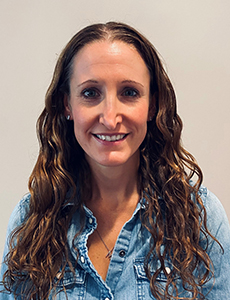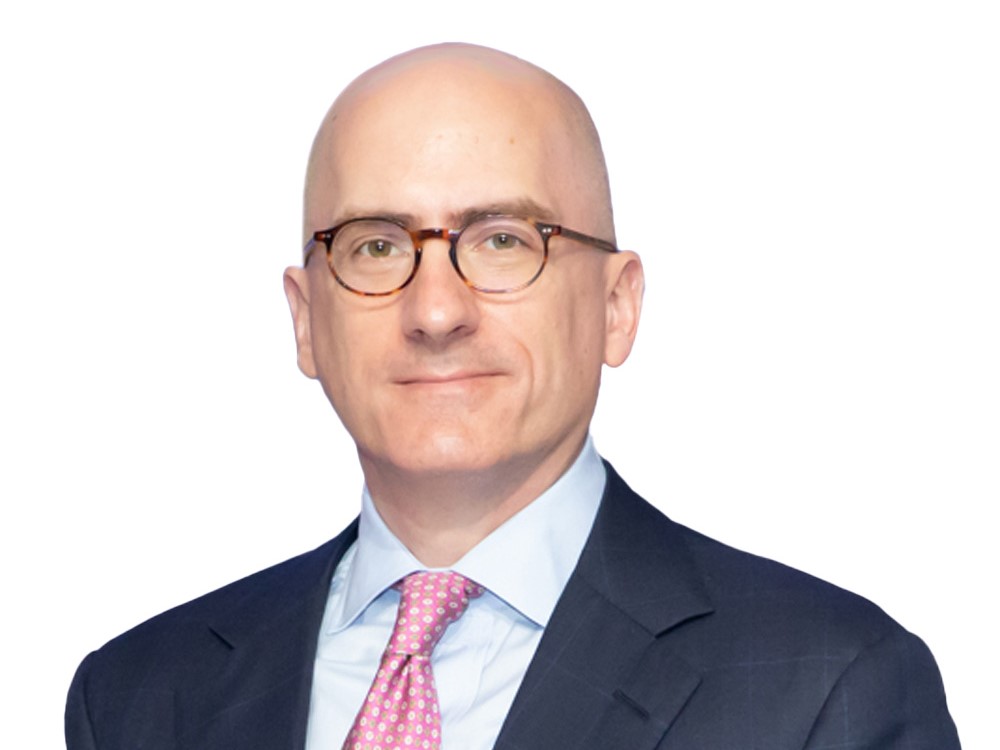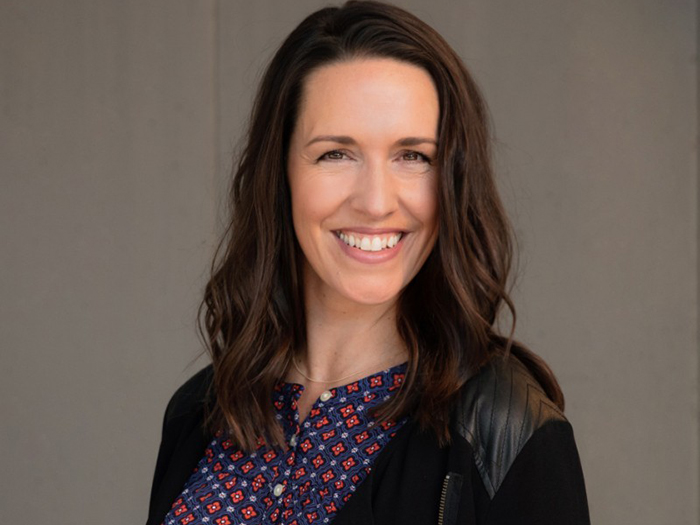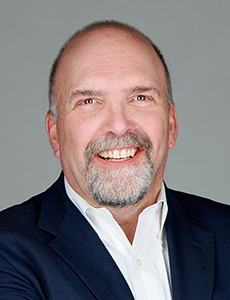Sponsored Content by QBE North America
How One Carrier Stays Committed in the Midst of a Mini Financial Crisis

In early March of 2023, Silvergate Bank — one of the largest banks dealing with cryptocurrency — shut its digital doors after a run on deposits left the institution insolvent. This sent shockwaves through the financial industry, causing similar runs at other banks, including Silicon Valley Bank, Signature Bank and First Republic Bank. In each case, these banks had a significant number of deposits that were uninsured, so when customers came clamoring for their funds all at once, the banks didn’t have the cash available to cover it.
These bank failures were reminiscent of the financial crisis of 2008, however the consequences have not yet been so severe. That may be due in part to early intervention by the government, which placed the banks under the control of the FDIC.
“I think the banking sector has been, since the recovery from the financial crisis, under a lot of regulatory scrutiny. Nobody wanted what happened in 2008 to be repeated. So to have those banks essentially crumble in a very short period of time, be taken over by the government and have their assets sold, I think it caught several people by surprise,” said Mackenzie Parke, vice president underwriting, financial institutions, QBE North America.
“It’s exactly that surprise that has led to the securities class actions that have been filed against those banks, because the shareholders were under the impression that the banks were safe,” added Courtney Kasper, vice president claims, financial lines, QBE North America.
Along with lawsuits, the sudden closures invited even closer regulatory oversight of the financial sector. All of this has insurance carriers reevaluating risk. Here’s how the market may react going forward — and what underwriters and claims experts will be looking at more closely.
The Impact on Policy Pricing

Mackenzie Parke, Vice President Underwriting, Financial Institutions, QBE North America
One would expect an event as significant as a multi-bank collapse to drive up rates for financial institutions, but so far the sector has been safe from the effects of a hardening market.
“We are still in the very, very early stages of this mini financial crisis. And I think that, really, the fallout or the repercussions of this are still be seen from a claim standpoint,” Kasper said.
In addition to the government’s swift action in containing the crisis, an excess of capacity may be supporting a continued soft market. But Parke also points to broader economic factors affecting the risk landscape.
“You have to consider inflation, rising interest rates and trends going on in the commercial real estate sector. All activities in the real estate market, whether its construction or buying and selling property, are much more expensive now. So the mix of a bank’s loan portfolio and just how much is dedicated to commercial real estate will certainly affect its risk profile,” she said.
“I honestly am surprised I’ve not seen the market harden or flatten out a little bit, but I think that, given the increasing pressures within the market, there is still potential for rates to rise. We are still watching to see how all the ripple effects of the banks’ collapse will play out,” Parke said.
If securities class actions are successful and expensive judgments follow, that could be the lever that moves financial sector premiums upward, the QBE executives posit. While QBE has not reduced its financial sector appetite, it has seen some pullback on the part of a few competitors.
What Underwriters Will Watch

Courtney Kasper, Vice President Claims, Financial Lines, QBE North America
The FDIC insures deposits up to $250,000. Many large commercial banking clients will exceed that limit. Holding a large percentage of uninsured deposits puts a bank at risk of being unable to honor withdrawals if a run on the bank occurs. So underwriters may take a closer look at the balance of insured versus uninsured deposits.
But deposit types are also shifting.
“The economy is different today compared to a year or two ago. In the midst of COVID, with everything shut down, people weren’t spending money. Fast-forward to today, and people are spending more on travel and on products. And with interest rates ticking up, they’re moving their money into investment accounts yielding higher returns, rather than letting it sit in a regular savings account,” Parke said.
“As an underwriter, we want to see that a bank is aware of these shifting market conditions and is addressing them head-on.”
To that end, banks should also expect closer scrutiny of their short- and long-term investment strategies, both from underwriters and from regulators.
“On the claims side, when you’re seeing increased regulatory pressure, that can create more risk because you have to keep up. The banks have to make sure they have compliance systems in place to fulfill any new regulatory demands. And with any new regulation comes uncertainty. How will it be interpreted? What can we do? What can’t we do? And that often leads to an increase in claims,” Kasper said.
Increased compliance demands will be a particular burden to smaller regional banks. In any case, banks can and should lean on their insurance partners to better understand their exposures and develop stronger risk mitigation plans to protect themselves.
The Role of Individualized Underwriting and Claims Collaboration
As stated above, at QBE, the uncertainty generated by the bank closures has not shaken the carrier’s commitment to the financial sector, or to banks in particular.
“Despite what’s happened with a few regional banks this year, QBE remains committed to our financial institution clients and to the banking sector. We really view our role as being a partner with the financial institution and part of their risk management team,” Kasper said.
“We will continue to do what we’ve always done, which is underwrite risks we feel comfortable adding to our portfolio for the long term, and not just focusing on top-line premium growth,” Parke said.
Though it has only been a few months since the failures of Silvergate, SVB, Signature and First Republic, Parke and Kasper have already seen banking clients be very forthcoming about their deposit base, loan portfolios and action plans in the context of rising interest rates. Everyone wants to show how they are a different — and safer — risk. The underwriting and claims teams work very closely together to examine each risk on its own merit and determine whether it fits the carrier’s appetite, regardless of what type of business a client or prospective client may be.
“We don’t make broad generalizations on a certain class of business without really looking at the individual risk. We peel back the onion on a specific risk and get our arms around what the exposure is for that institution, rather than broadly lumping them with other similar businesses,” Parke said.
Collaboration starts from the moment a submission comes in. Underwriting and claims teams will examine policy language to ensure clarity, and to verify that everyone is on the same page as far as policy intent. They discuss potential loss scenarios to identify gaps in coverage. No two clients are the same, and each gets individualized attention throughout the underwriting process. This way, if a claim does come in, there are no surprises. The process is smooth and transparent for everyone involved.
“We want to make sure that we can offer a product that is suitable for the risks of the unique business that we’re partnering with,” Parke said. “That is driven in part by the close integration of our underwriting and claims teams.”
To learn more, visit https://www.qbe.com/us/qbefinancial/financial-institutions.
This article was produced by the R&I Brand Studio, a unit of the advertising department of Risk & Insurance, in collaboration with QBE North America. The editorial staff of Risk & Insurance had no role in its preparation.










